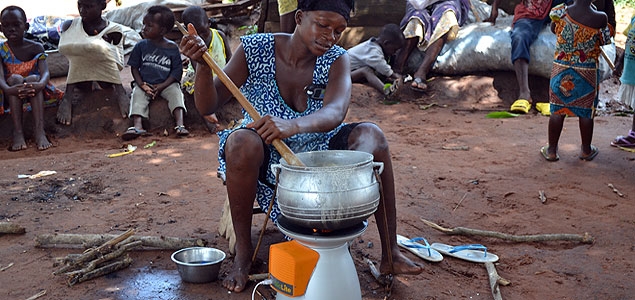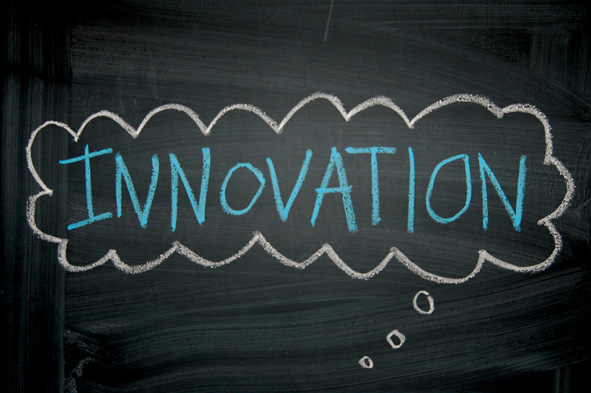This post first appeared in the Harvard Business Review here:
http://blogs.hbr.org/2013/12/stop-me-before-i-innovate-again/
by Bill Taylor | December 6, 2013

The Wall Street Journal is out with a funny (and brutally honest) takedown of a word that has achieved almost-mythical status among business thinkers like me. That word is innovation, and it’s quickly losing whatever meaning it once had.
Journal writer Dennis Berman begins by citing Kellogg CEO John Bryant, the respected head of a well-run company, who was describing one of its “innovations” for 2013. What was the game-changing, head-spinning new offering that Kellogg unveiled? The Gone Nutty! Peanut-butter Pop-Tart. That’s right, a world that has had to survive for decades with Pop-Tart flavors such as strawberry, raspberry, and cinnamon, can now revel in the spirit of innovation that delivered a Pop-Tart with peanut butter.
Somewhere, Henry Ford and Steve Jobs are taking notes.
Now I would never dismiss the virtues of sugary breakfast foods, and it’s hard to argue with the business performance of Kellogg over the last ten years. But if the CEO of a major company can call Gone Nutty! an innovation, then what isn’t an innovation? What does the word even mean anymore? As Berman aptly puts it, “Next time your boss starts droning on about innovation, it might be helpful to stop and analyze: Is she talking about building the next iPod or the next Pop-Tart?”
Words matter — in business and in life. I’ve always found that companies that aspire to do extraordinary things, leaders who aim to challenge the limits of what’s possible in their fields, develop a “vocabulary of competition” that captures the impact they’re trying to have, the difference they’re trying to make, the future they’re hoping to create. Almost none of these companies and leaders use the word “innovation” to describe their strategy — implicitly or explicitly, they understand that it has been sapped of all substance. Instead, they offer rich and vivid descriptions of what they hope to do, where they hope to get, and why it matters.
Robert MacDonald, the most creative and opinionated insurance-industry executives I’ve ever met (yes, I know, he doesn’t have tons of competition), likes to say that the art of doing something new is a matter of “reminiscing about the future.” That is, conjuring up a set of ideas and practices that are so original that established companies can’t begin to make sense of them, let alone respond to them — and painting a vivid picture of what your organization can become if it delivers on its change-the-game agenda. That was the spirit behind LifeUSA, MacDonald’s memorable contribution to an industry whose record of innovation is pretty forgettable, and it’s a spirit shared by most of the genuine innovators from whom I’ve learned.
It’s also a spirit, oddly enough, best captured in a famous tribute to the Grateful Dead rock band. The Dead hold an iconic spot in the history of popular music by virtue of their unique sound, devoted fan base, and ahead-of-its time business model that generated almost all of its revenue from live performances rather than studio records—a model that bands, executives, and academics still learn from today. (One business-school professor actually wrote a book called, Everything I Know about Business I Learned from the Grateful Dead.)
Back when the band was at the height of its powers, Bill Graham, the legendary rock promoter, was asked why the Grateful Dead were so successful. “They’re not just the best at what they do,” he replied matter-of-factly. “They’re the only ones who do what they do.”
I can’t think of a better way to describe the mindset required to do something genuinely creative in business, whether it’s starting a cutting-edge insurance company or developing a truly new-and-better breakfast food, than Bill Graham’s insight about the Grateful Dead. Creativity guru Saul Kaplan, founder of the Business Innovation Factory, warns that too many competitors in too many fields are content with being “share takers”—tweaking at the margins to win a little more business. (That, to me, is what Gone Nutty! Pop-Tarts are all about.) Organizations that do something genuinely creative, he says, are “market makers”—they create a one-of-a-kind presence, a unique offering, unlike what anyone else can do.
That, to me, is what “innovation” is all about, and why the use of the word in everyday business life feels so empty. According to the Journal, Boston Consulting Group polled 1,500 executives about how innovative their companies were, and asked them to rank their organizations on a scale of 1 to 10. More than two-thirds of respondents gave themselves a 7 or higher. Seriously? I guess Ivy League schools are not the only organizations that engage in rampant grade inflation.
Meanwhile, the article continued, in a recent conference call with shareholders, Hewlett-Packard executives described the troubled company’s plans to cut costs, streamline the organization, and rejigger the product portfolio. During the course of the call, they used the word “innovation” 70 times! If there were a Lifetime Achievement Award for Buzzword Bingo, HP would have retired the cup.
So here’s my challenge as we approach the New Year: Why don’t we ban the word “innovation” from the business lexicon for 2014? Let’s force ourselves to be more authentic, more rigorous, more persuasive, as we describe new products, new business models, new solutions to old problems. Now that would be an innovation!











